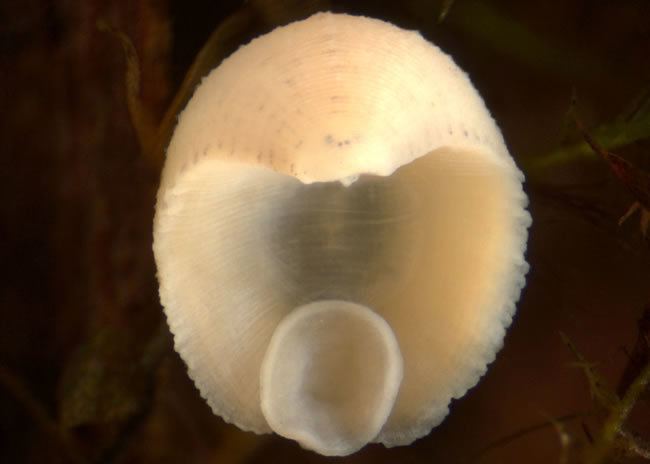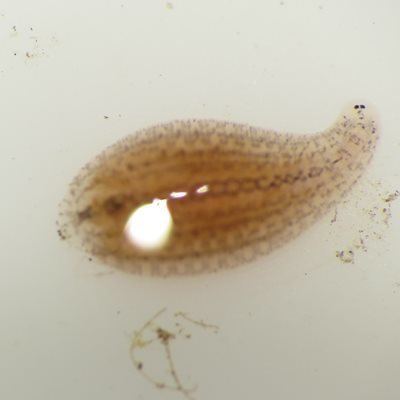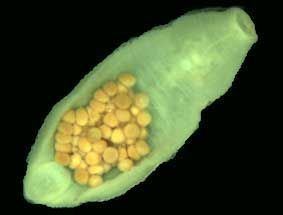Kingdom Animalia Higher classification Rhynchobdellida Rank Family Subclass Leech | Scientific name Glossiphoniidae Phylum Annelida Order Rhynchobdellida | |
 | ||
Similar Helobdella, Rhynchobdellida, Glossiphonia complanata, Erpobdellidae, Placobdella parasitica | ||
Glossiphoniidae leech with babies
Glossiphoniidae are the family called freshwater jawless leeches or glossiphoniids. They are one of the main groups of Rhynchobdellida, true leeches with a proboscis. These leeches are generally flattened, and have a poorly defined anterior sucker. Most suck the blood of freshwater vertebrates like amphibians and aquatic turtles, but some feed on the hemolymph of invertebrates like oligochaetes and freshwater snails instead.
Contents
- Glossiphoniidae leech with babies
- Systematics and taxonomy
- Ecology and behavior
- Medical importance
- References

Freshwater jawless leeches are remarkable for their parental care, the most highly developed one among the known annelids. They produce a membranaceous bag to hold the eggs, which is carried on the underside. The young attach to the parent's belly after hatching and are thus ferried to their first meal.

There is considerable interest in the symbiontic bacteria that at least some glossiphoniids carry in specialized compartments of the esophagus to aid in digesting their meals. Haementeria as well as Placobdelloides have Enterobacteriaceae symbionts, while Placobdella harbours peculiar and independently derived Alpha Proteobacteria.

Systematics and taxonomy
The Theromyzinae are a rather enigmatic subfamily and their relationship to other glossiphoniids has so far resisted elucidation. Also, there are several genera of more basal or uncertain position:
Ecology and behavior
Some species of the Glossiphoniidae exhibit considerable evidence of parental nurturing.
Certain Glossiphoniidae attack amphibian species. For example, some members of the Glossiphoniidae are known to attack the inner oral cavity of the Rough-skinned Newt.
Medical importance
While glossiphoniids do not feed on humans, they are nonetheless of medical interest. As with all blood- or haemolymph-feeding leeches, their saliva, contains anticoagulant compounds which are potentially useful in therapy of some cardiovascular diseases. Antistasin and related inhibitors of thrombokinase a such as ghilanten, lefaxin and therostatin have been derived from Haementeria species and Theromyzon tessulatum. These substances also may prevent certain tumors from metastasizing. Also from Haementeria are the fibrin stabilizing factor a inhibitor tridegin, a platelet adhesion inhibitor (LAPP), and the fibrinogen-dissolving enzymes hementin and hementerin. T. tessulatum also yields therin, theromin and tessulin, which inhibit protease activity. Ornatins, which are antiplatelet glycoprotein IIb-IIIa antagonists, were discovered in Placobdella ornata, and several species have yielded hyaluronidases.
